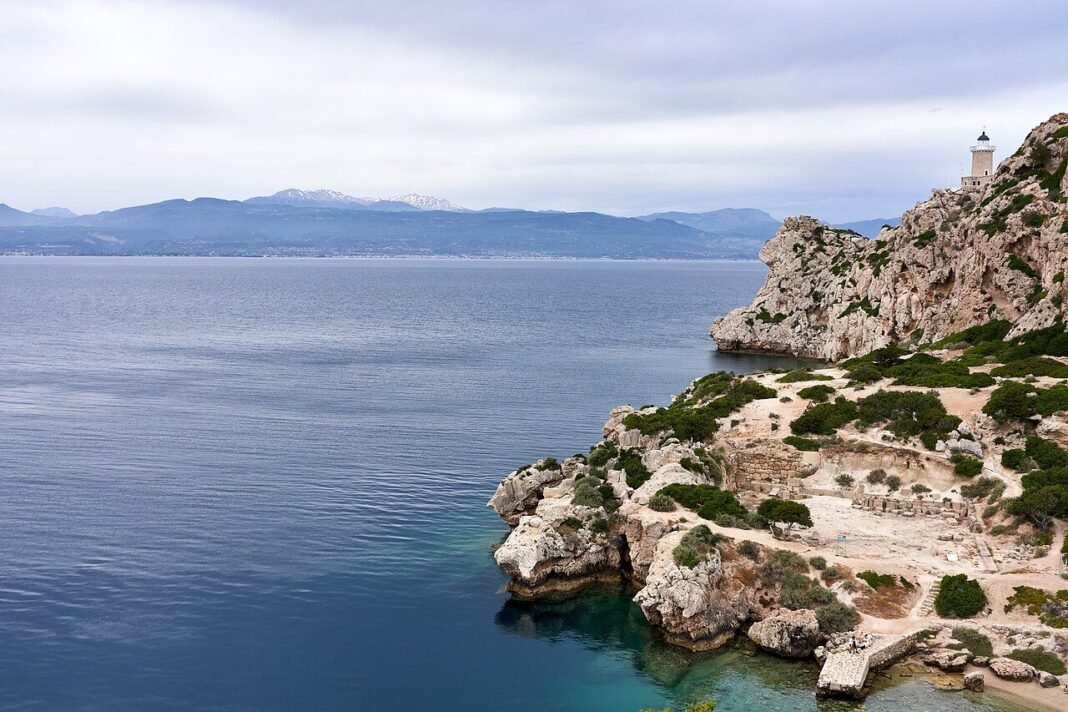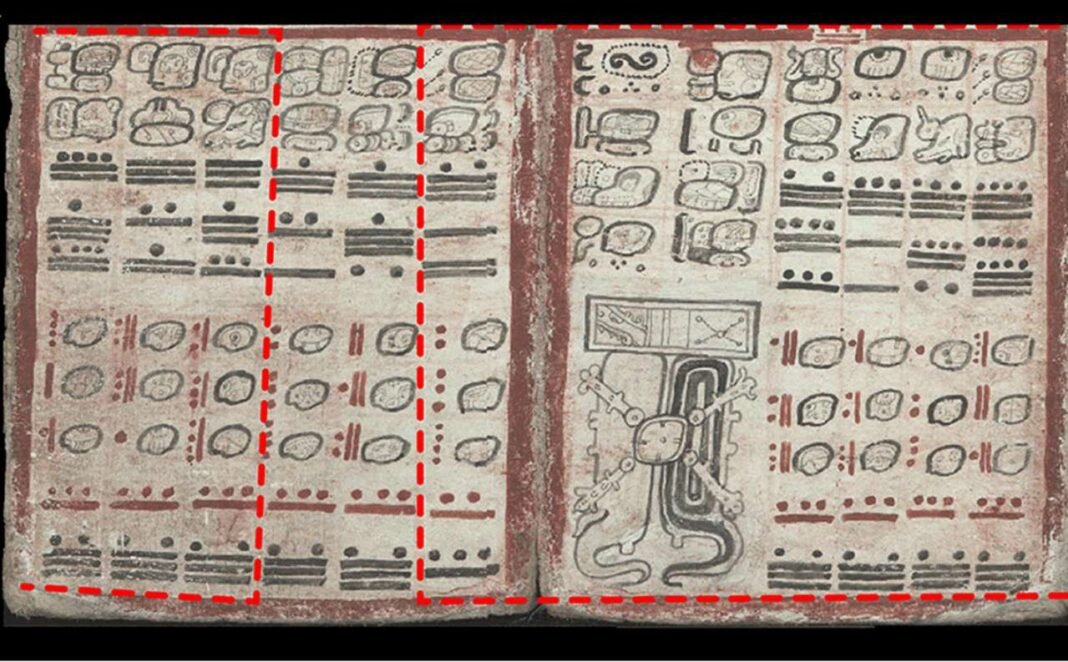
A major scientific discovery beneath Greece’s seafloor has revealed vast reserves of freshwater stored deep underground, offering a potential lifeline for future water supply.
The findings, published in the Hydrogeology Journal, come from a study led by Senay Horozal of the University of Malta’s Department of Geoscience.
Researchers mapped large volumes of freshwater trapped beneath the Gulf of Corinth, a tectonically active rift zone in central Greece.
These freshwater reserves stretch from about 20 meters (66 feet) to as deep as 700 meters (2,297 feet) below the seafloor. The discovery sheds new light on how ancient groundwater systems formed — and how they might be tapped in the future.
The term used for this buried resource is offshore freshened groundwater, or OFG. It refers to water stored in sediments below the seafloor that is significantly less salty than seawater. While OFG has been found in other coastal areas around the world, its presence beneath Greece’s seafloor had never been confirmed — until now.
Deep drilling reveals hidden freshwater pockets
The study combined data from offshore drilling, seismic imaging, and computer simulations. It showed that these freshwater pockets likely formed during the last 800,000 years.
During glacial periods, when sea levels were much lower, freshwater from rain and rivers seeped into the basin’s sediments. As sea levels rose again, this water became trapped beneath the seabed.
Salinity measurements from core samples taken during deep-sea drilling confirmed the extent of this underground reservoir. The water was found in both glacial and interglacial sediments, with salinity levels dropping to near-freshwater levels in some zones.
In total, the amount of water stored below the Gulf of Corinth could exceed 250 cubic kilometers (60 cubic miles) — enough to supply Greece’s annual groundwater use for several decades.
This discovery is one of the largest and shallowest OFG systems found globally. In some areas, freshwater was found just 20 meters (66 feet) below the seabed, making it potentially easier to access than deeper reserves elsewhere.
Freshwater reserves beneath Greece’s seafloor offer new clues
The data also show that this water has remained in place for thousands of years. According to the researchers’ groundwater models, the freshened water has not been recently recharged by modern sources. It is a relic of past climate conditions — particularly glacial periods when the basin was cut off from the Mediterranean Sea and resembled a large inland lake.
Despite its age, the water has remained relatively fresh due to slow mixing with seawater. This process, known as vertical diffusion, occurs over long periods and was found to be the main reason for salinity changes in the subsurface.
The sediments themselves — especially the thicker glacial layers — acted as storage units, while the overlying marine deposits allowed the water to gradually spread through the system.
Geological structures such as faults and layers of clay did not appear to affect the storage significantly. Unlike some areas where subsurface barriers block water movement, the Corinth basin’s layers allowed more gradual and even distribution of freshwater over time.
A potential resource amid growing water stress
Although the freshwater is deep and spread across a wide area, its potential importance is growing. Many coastal regions in Europe, including parts of Greece, are facing mounting water stress due to rising demand and climate change.
These hidden reserves, while not a simple solution, could play a role in easing future shortages — especially if extraction can be done in a sustainable way.
The study offers one of the most detailed analyses to date of OFG in a tectonic rift setting. It helps scientists better understand where such water can be found and how it is preserved over geological timescales.
The findings also call for further exploration in similar offshore environments, where more hidden freshwater may be waiting to be uncovered.


